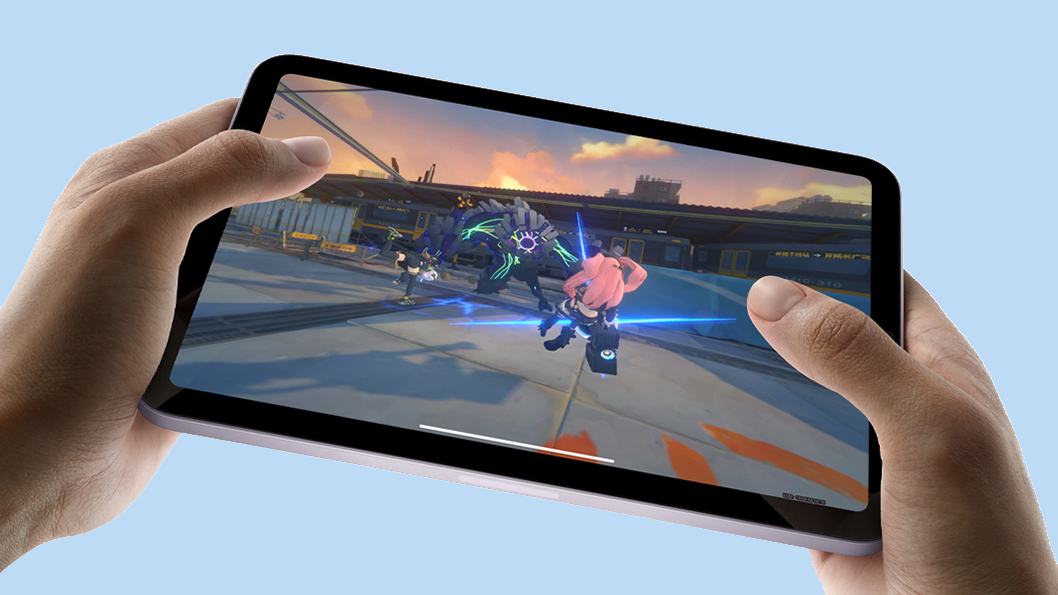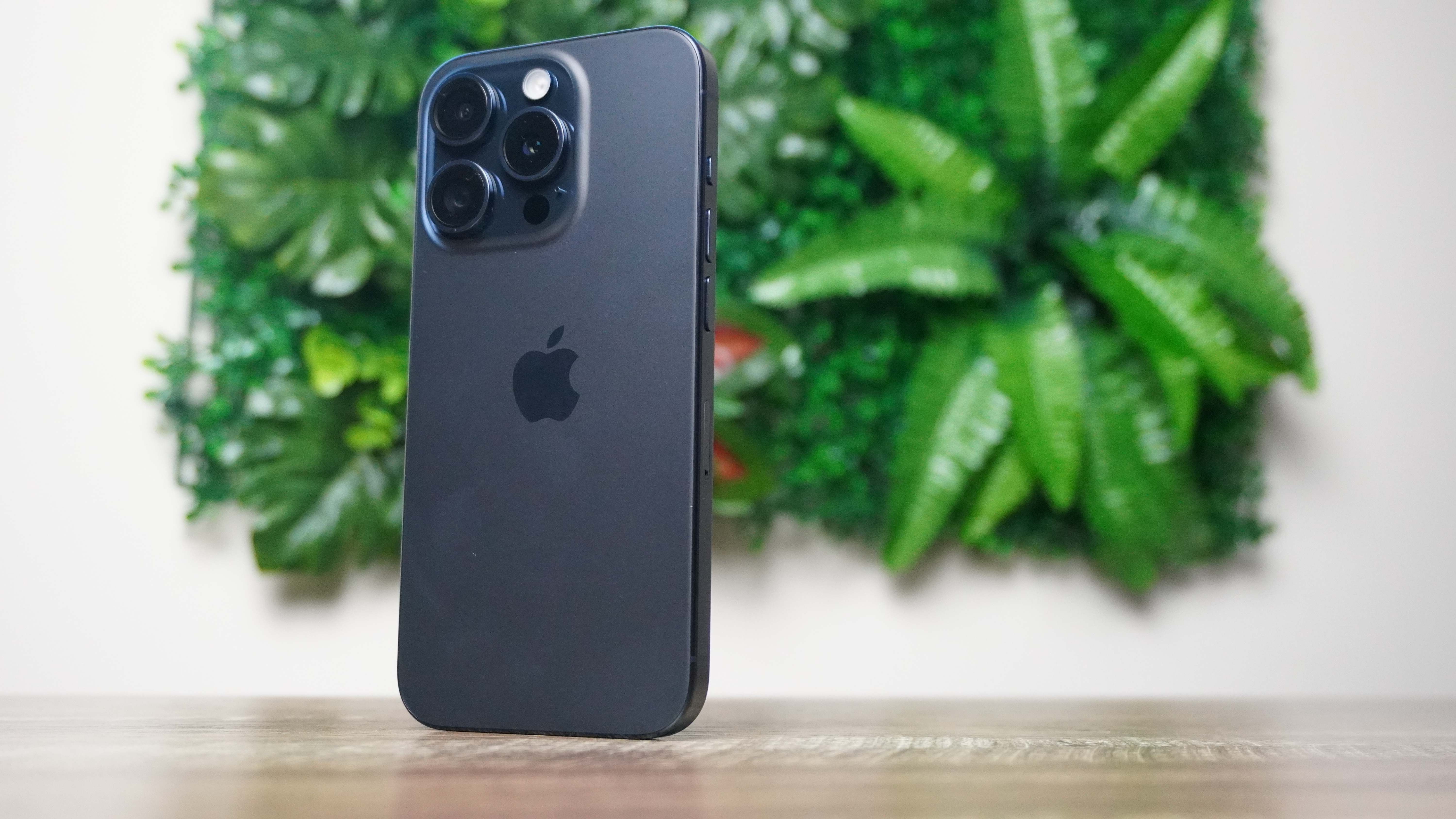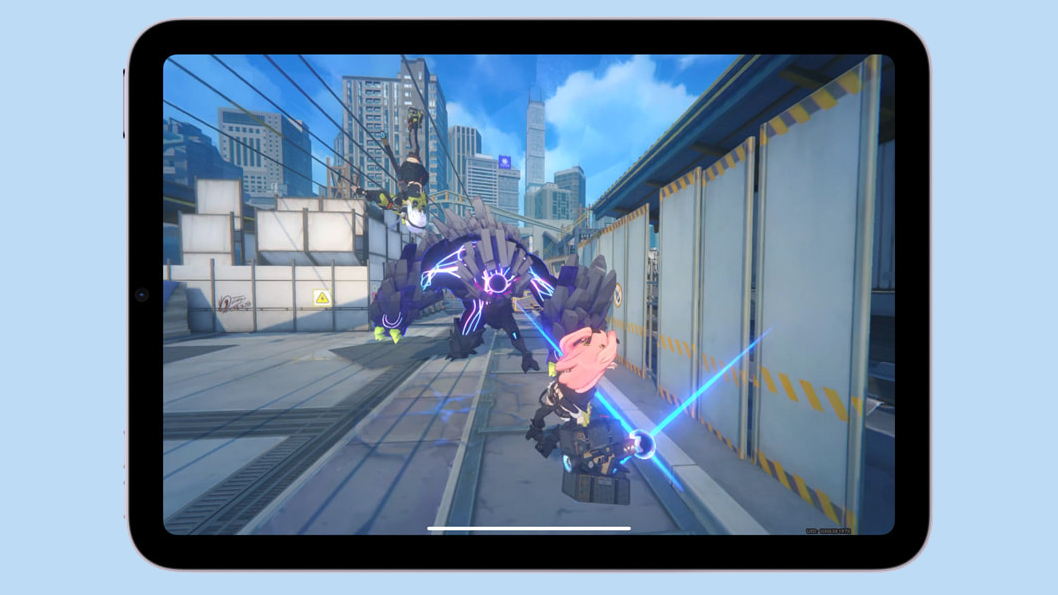
Apple quietly launched the iPad mini this week and it is currently available for pre-order, but if you’re thinking about using it for gaming, I’d think twice.
Odd marketing strategy aside, Apple claims that the iPad mini can “play demanding, graphics-intensive AAA games.” However, it was also confirmed that the iPad mini would be outfitted with the A17 Pro.
Now, we know that the A17 Pro can technically play AAA games, but that doesn’t mean that you should.
We learned that with the iPhone 15 Pro and it may be even worse with the iPad mini. Why? Let me explain.
How did the A17 Pro run AAA games?
We couldn’t get some serious gaming in during our iPhone 15 Pro review because the hyped-up titles, like Resident Evil Village, Assassin’s Creed Mirage, and Death Stranding, hadn’t launched yet. But since then, we got a good look at what the A17 Pro is capable of.
Digital Foundry showcased the performance of Resident Evil Village on the iPhone 15 Pro, and while it was playable, it didn’t seem like the best gaming experience. I’m not expecting marvelous graphics; at max settings, the game crashes within 30 seconds. However, even lower graphics doesn’t stop the performance itself from lacking.
According to Digital Foundry, the A17 Pro struggled with inconsistent frame times and stuttering when the frame rate was set to variable. When it’s capped at 30 fps, it performs better, but it still suffers from fps drops and low frame times depending on the area you’re in. For context, frame times determine how long it takes the GPU to render a single frame (calculated in milliseconds).

Digital Foundry also took on Assassin's Creed Mirage on the iPhone 15 Pro. Similar to Resident Evil, the High preset dropped below 30 fps with inconsistent frame times, and that’s with the 30-fps frame cap. At the Low preset, the game is at 30 fps more often, but high-density areas still drop the performance down to 20 to 25 fps.
An incredibly odd performance issue is that Assassin's Creed Mirage pauses when it autosaves. Considering this is an open-world game, you'll encounter autosaves often, which will get frustrating.
With Death Stranding, Digital Foundry found that the A17 Pro was capable of running the game at a smooth 30 fps, but navigating around built structures and vehicle traversal would tank the fps and frame time.
The issues with the aforementioned AAA games are rough. It’s one thing to tear up a game’s visuals to make it playable on a weaker device, but if the performance of that device can’t even withstand 30 fps, what’s the point?
Will the iPad mini be any different?
Unfortunately, it may be worse. The iPhone 15 Pro featured a 6.1-inch, 2556 x 1179 (460 pixels per inch) display whereas the iPad mini is outfitted with an 8.3-inch, 2266 x 1488 (326 ppi) display. So not only does the iPad mini sport a larger screen but also a lower ppi. Let’s get into why that’s an issue.
AAA games like Resident Evil Village, Assassin’s Creed Mirage, and Death Stranding take some serious hits in terms of fidelity. It’s not necessarily a con; it’s the only way these games would be able to run. However, since the iPad mini’s display is larger, you’ll see more of the visual downgrade.

Again, those visual downgrades would be more acceptable if the performance was better. While I cannot speak to how the new iPad mini will run these games, the world’s experience with the A17 Pro doesn’t tell the best tale.
To be fair, while Apple did make a wild claim about AAA games, the example it provided was Zenless Zone Zero, an ARPG developed by miHoYo. Now that game may run incredibly well, but the issue with this comparison is that miHoYo develops its games with mobile in mind.
The same goes for the rest of the miHoYo titles on iPhone. Meanwhile, the aforementioned titles were quite literally an afterthought. So a broad statement like the iPad mini can “play demanding, graphics-intensive AAA games” doesn’t seem legit.
We need to wait to get the iPad mini in for testing to give you a proper criticism, but right now it isn’t looking good for Apple’s latest iPad.







